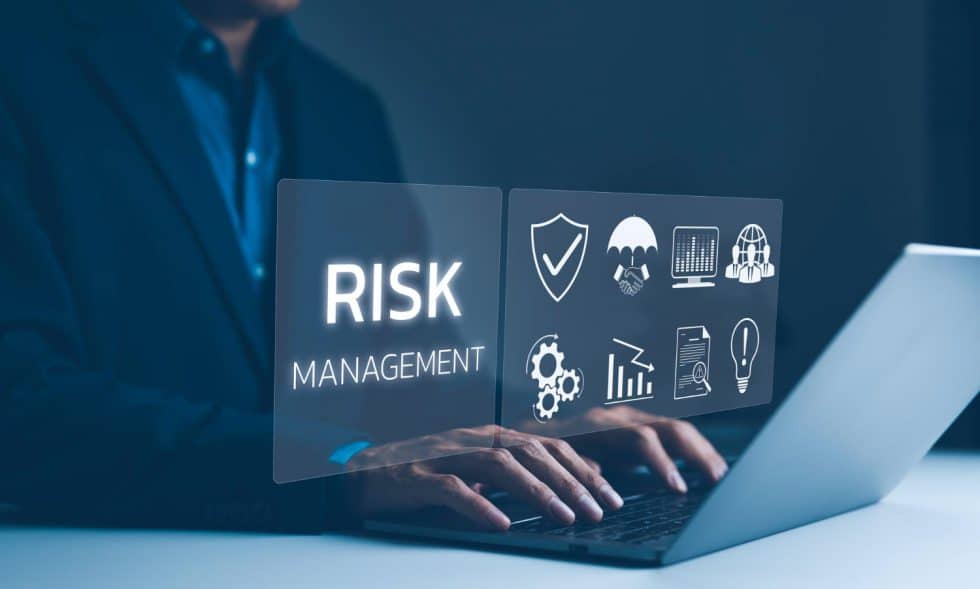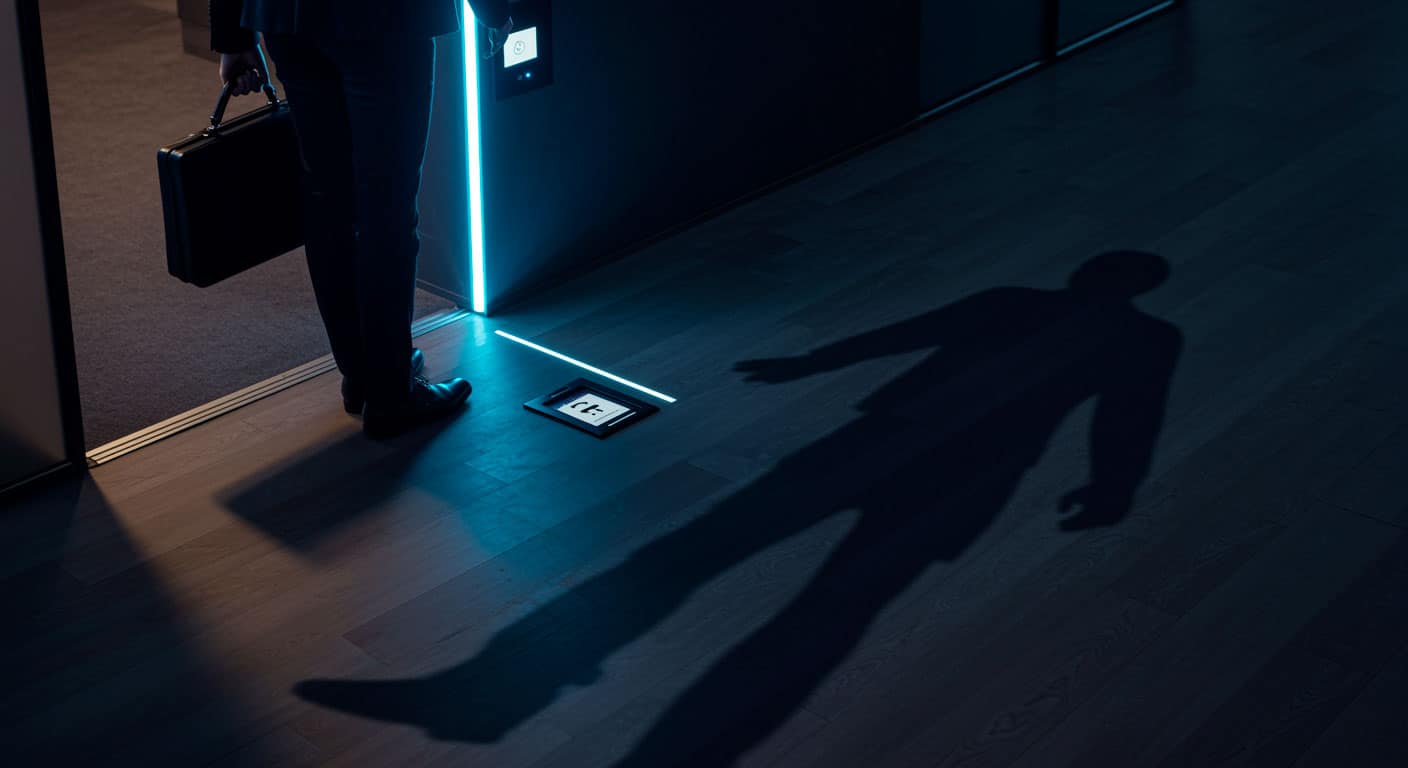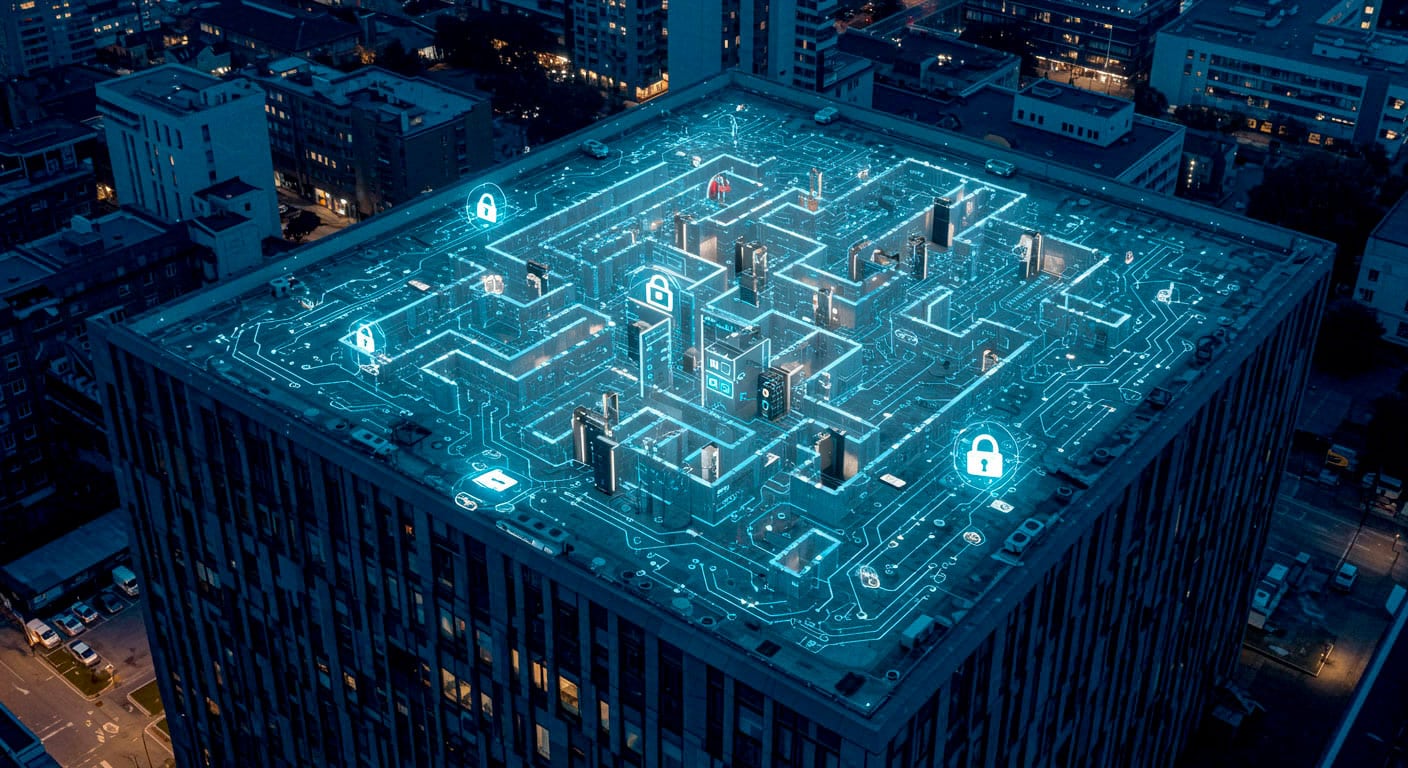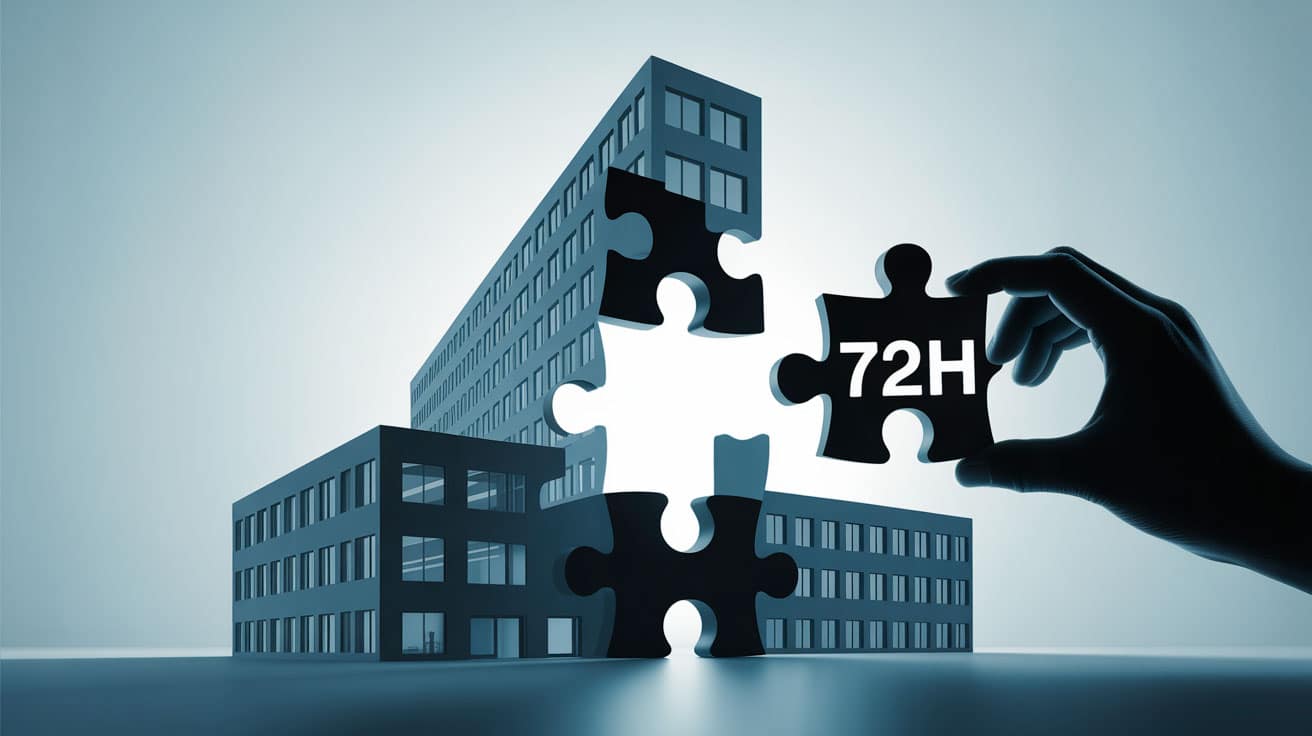Why it’s critical for Your Business
Corporate physical security is not limited to simply installing cameras or hiring security personnel. True protection comes from risk prevention, a strategic process that aims to identify, assess and reduce threats before they become actual problems.
Many companies, unfortunately, tend to underestimate the importance of prevention, investing only in reactive solutions that are activated after a critical event. This approach, however, can be not only ineffective but also extremely costly, both in terms of money and reputation. In this article we will explore what risk prevention means in enterprise physical security, why it is essential, and what are the best practices for implementing it effectively.
What is Risk Prevention in Physical Safety?
Risk prevention is a set of actions and strategies designed to reduce the likelihood of events that can harm people, assets or business infrastructure. In physical security, this means not only protecting the company from external threats (such as theft or intrusion), but also from internal risks, such as human error, technological malfunction or natural disasters.
Prevention is based on three basic steps:
- Risk identification: Recognize potential threats inside and outside the company.
- Risk assessment: Analyze the impact and likelihood of each risk.
- Risk mitigation: Take preventive measures to minimize the possibility of risks materializing.
Why is Risk Prevention So Important?
Many companies focus only on responding to incidents, neglecting how much more beneficial it can be to prevent them. Here are some reasons why prevention is critical:
-
Long-Term Cost Reduction
Dealing with a security emergency or incident can be extremely costly. In addition to property damage, there are legal, insurance and business interruption costs. Investing in prevention means reducing the likelihood of facing these unexpected costs. -
Continuity of Operations
A critical event can disrupt business operations for days or weeks. Risk prevention ensures that the company can continue to operate smoothly, even in emergency situations. -
Protection of People and Property
Physical security affects not only facilities, but also employees and customers. A safe environment improves employee well-being and customer trust, creating a more productive business climate. -
Regulatory Compliance
In many industries, risk prevention is an essential component of complying with applicable regulations. Noncompliance can lead to legal penalties and significant reputational damage. -
Safeguarding Corporate Reputation
A single security incident can irreparably damage a company’s reputation. Preventing risks means protecting the company’s image in the eyes of customers, partners and investors.
The Most Common Physical Security Risks for Companies
Every business is exposed to a number of risks, some of which may seem obvious, while others are more hidden and insidious. Here are the most common ones:
-
Theft and Intrusion
Theft of company assets or unauthorized access to sensitive facilities is one of the most obvious threats. -
Vandalism
Willful damage to facilities or equipment can cause disruption of activities and significant costs. -
Internal Threats
Disgruntled or negligent employees can pose a security risk, either intentionally or accidentally. -
Natural Disasters
Events such as fires, floods or earthquakes can jeopardize the physical safety of the company and require specific emergency plans. -
Technology Malfunctions.
Outdated or unmaintained security systems can malfunction when you need them most, leaving your business vulnerable.
Best Practices for Risk Prevention in Physical Security
Implementing an effective risk prevention strategy requires a systematic and continuous approach. Here are some of the best practices:
-
Perform Regular Risk Assessments
It is not enough to identify risks once. Business and environmental conditions change, and so do potential risks. Schedule periodic assessments to constantly update the safety plan. -
Investing in Advanced Technology
Technology plays a key role in risk prevention. Smart video surveillance systems, biometric access controland remote monitoring help identify potential threats before they materialize. -
Train the Staff
Employees are the first line of defense against many threats. Provide them with ongoing training on security protocols, emergency management, and recognition of suspicious behavior. -
Create a Detailed Emergency Plan
Every company should have a clear and well-communicated emergency plan. This includes evacuation procedures, emergency contacts, and protocols for dealing with different types of incidents. -
Continuous Monitoring and Maintenance
Even the best security systems can fail if they are not properly monitored and maintained. Implement a continuous monitoringsystemand schedule regular maintenance actions.
Conclusion: Prevention Is the Best Defense
Risk prevention in corporate physical security is not just an option, but a necessity to protect people, assets, and business continuity. A proactive approach not only reduces costs and risks, but also strengthens the trust of employees and customers, contributing to the long-term success of the company.
Investing in prevention means making a strategic choice for the future of your business. Don’t wait for a problem to happen to take action: safety starts today.
Want to know how to improve risk prevention in your company? Contact us for a free consultation and find out how to protect what really matters.



